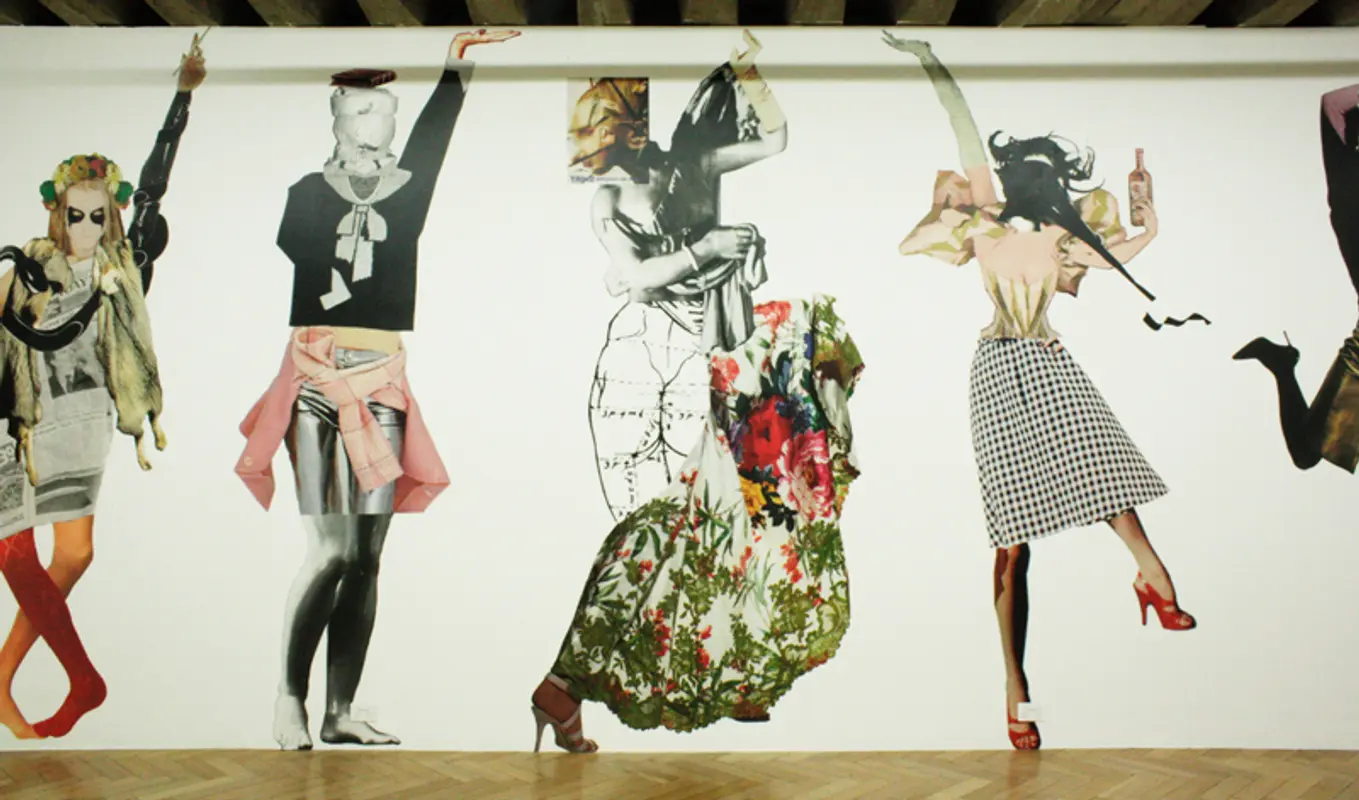“Tyger! Tyger! Project 1”
Ian Haig and Kotoe Ishii
29 July → 20 Aug 2011
Front Space
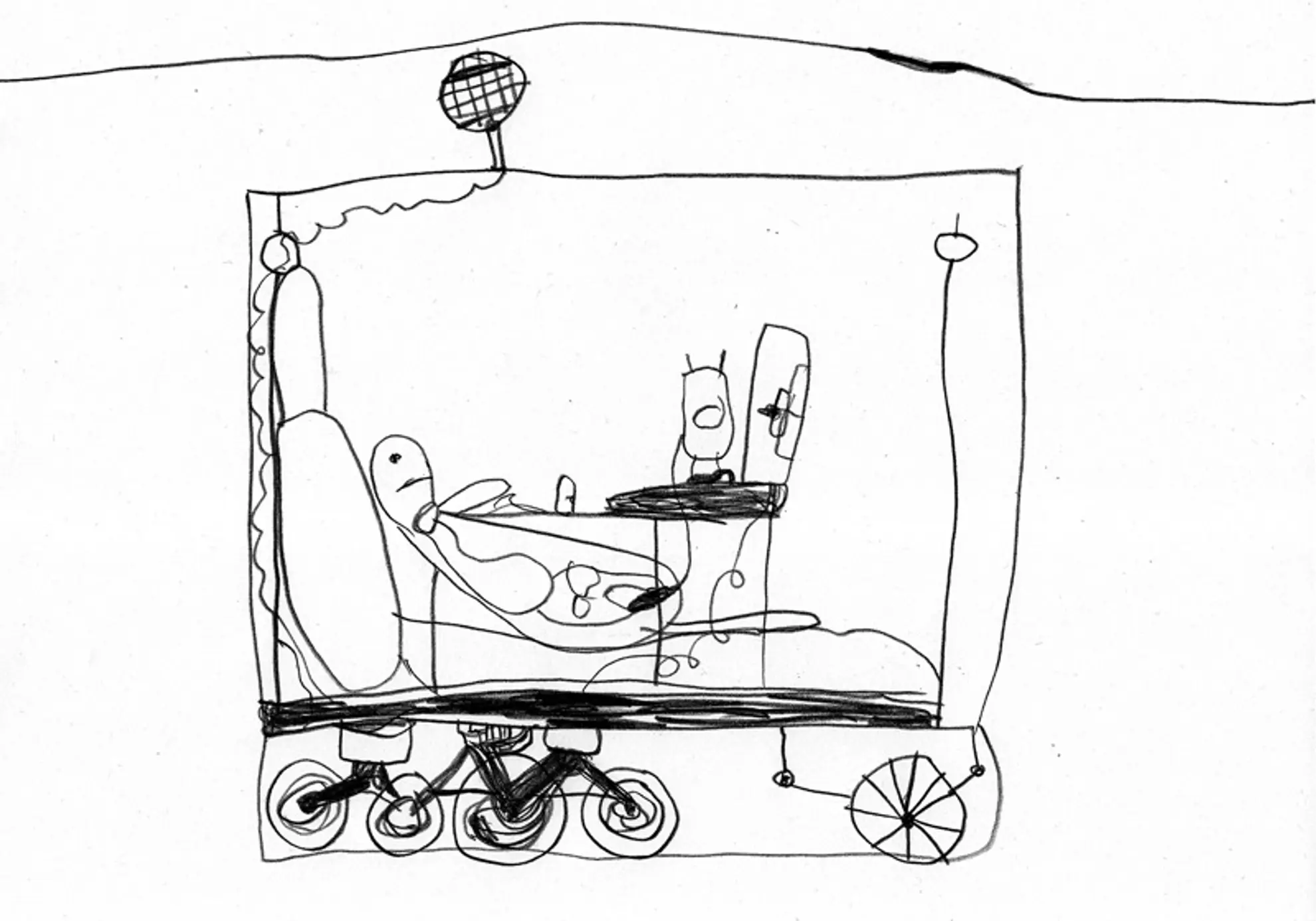
Tyger! Tyger! is a series of six exhibitions featuring work created by six pairs of artists.
Firstly, we invited six artists – Constanze Zikos, Philip Brophy, Maria Kozic, David Chesworth, Lyndal Walker and Ian Haig – who, in turn, were invited to nominate another artist (or artists) to work with.
The Tyger! Tyger! projects will be mounted at different times and durations across 2011 and 2012. Furthermore, each of the six exhibitions are be accompanied by two commissioned texts, published in a suite of six publications deigned and produced by Stuart Geddes.
The first iteration of Tyger! Tyger! occurs with the launch of West Space’s new premises. The first exhibition presents work by Ian Haig who invited Kotoe Ishii, a recent graduate of VCA’s Master of Fine Arts program, to work with him. Haig and Ishii’s work shares an interest in the inter-relationships between technology and the body, albeit in strikingly different ways. This first exhibition is accompanied by texts contributed by Ian Haig and Kelly Fliedner.
The Joey Machine by Ian Haig
In the 1950s at the Sonya Shankman Orthogenic School in Chicago, Illinois, noted child psychologist Bruno Bettelheim treated an autistic child who came to be known as ‘Joey the mechanical boy’. Joey’s every human action was taken over by his imaginative fantasy that he was a machine. Bettelheim published his research into Joey’s condition in Scientific American in 1959.
In 1980 Bruno Bettelheim committed suicide. After his death co-workers revealed his emotional abuse of children entrusted in his care. In the case of Joey, his psychology of autistic machine fantasies were replaced with another psychology of brutality as therapy. A concentration camp survivor, Bettelheim – or ‘Dr. B.’ as both staff and patients called him – passionately believed that ‘if the Nazis could create an environment to destroy personality … he could build an environment that could foster and re-create personality’.
The Joey machine is a recreation of Joey’s bed machine apparatus built to ‘live him’. The drawings, too, are a recreation of those produced by Joey while in the care of Bettelheim, which point to extended machine and bodily fixations. The Joey machine, is not an exact replica, more a fusion of Joey’s fantasy world of machines, bodily fluids, shit and vacuum tubes.
The Joey machine is a complex and precise technological apparatus as dreamt up by the mind of a six-year-old autistic child. The complexity of the machine and its variety of functions were partly unknown, however the primary function of the machine seemed to be designed to isolate Joey from being human. For Joey, his bed machine, and the other machines he created and imagined in his drawings, were his reality and anything outside of it were less than reality.
Joey’s condition was diagnosed as a product of infantile autism, brought on – it was believed in 1959 – by improper parenting. Autism often motivates those inflicted with it to isolate themselves from the world, from human emotions and socialisation. In Joey’s case this took on the extreme manifestation of literally becoming a crude cyborg incarnation of the body as an other, a primitive self-regulating human-machine system. His body connected to an imaginary electrical current assisting his digestive system while eating; his bowels evacuated with the use of vacuum machines; his sleeping enabled by his bed machine.
Made out of materials at hand – masking tape, cardboard, rope – such materials take on almost psychic possibilities, a crude collection of autonomy for the body. Steering wheels, radios, controllers, speakers and engine parts to drive Joey�’s fantasy as he slips off into the very human state of sleep, with a fear that, without such contraptions, Joey would emerge awake as a human boy.
Joey was eventually rescued from his machine fixations and went on to leave his obsessions behind. Did Joey retreat into his machine fantasy because of the emotional abuse at the institution? In order to remove himself as much as possible from the human race he perhaps became its absolute opposite: a machine.
A machine for Joey that was so intensely real it verged on its own form of machine-biology. While shitting functions as an everyday reminder of our true organic selves, of our humanness, this was something no doubt Joey feared. A machine, on the other hand, that takes on such a realistic fantasy of a functioning self-regulating human-machine system must also take on human characteristics such as regularly empting its bowels. For the machine to be real it needs to be more than a machine, it needs to be part human.
The work explores how one forms relationships with the world at an early age and, in particular, how those relationships can be transformed, perverted, skewed and confused to almost take on another kind of reality and other kinds of meanings. The Joey machine attempts to extend Joey’s fantasy. While Joey probably didn’t really shit in his own bed – though one of his drawings alluded to a bed assisting in the eradication of the contents of his bowels – my Joey fantasy employs the idea of shit as simultaneously about institutional abuse and also the residue of a new kind of machine biology.
Not every child who possesses a fantasy world is possessed by it. Normal children may retreat into realms of imaginary glory or magic powers, but they are easily recalled from these excursions. Disturbed children are not always able to make the return trip; they remain withdrawn, prisoners of the inner world of delusion and fantasy." — Bruno Bettelheim, Joey: A mechanical boy, Scientific American, March 1959.
Every aspect and every movement of the machine is calculated; and the working of the machine confirms how each calculation holds up to certain norms … whereas the living body functions according to experience … Hence the overwhelming but often misunderstood fact that life permits monstrosities. There are no monstrous machines. There is no mechanical pathology … whereas monsters are still living things, there is no way to distinguish between the normal and the pathological in physics and mechanics. Only among living beings is there a distinction between the normal and the pathological." — Georges Canguilhem, Machine and Organism in J. Crary and S. Kwinter (eds) Incorporations, New York: Urzone Inc, 1992
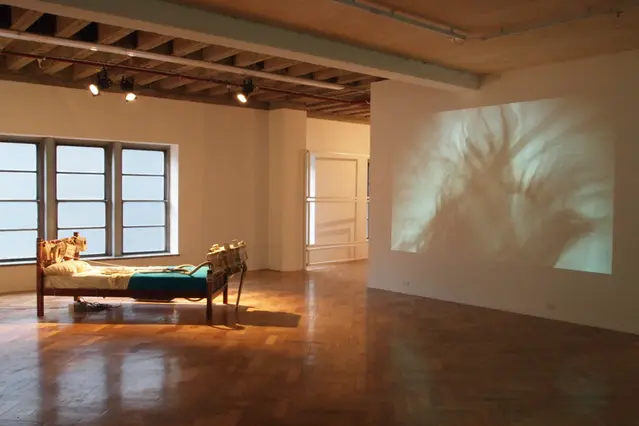
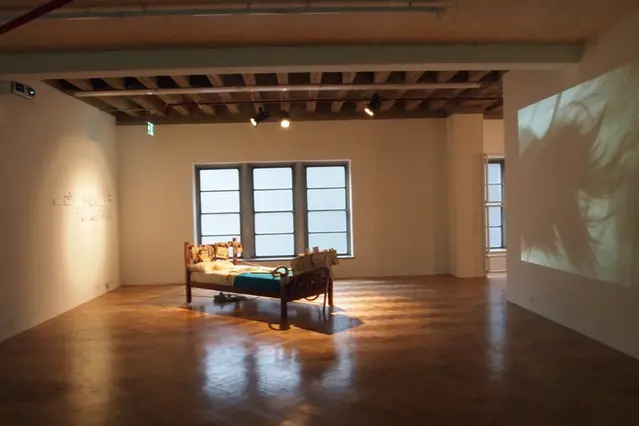
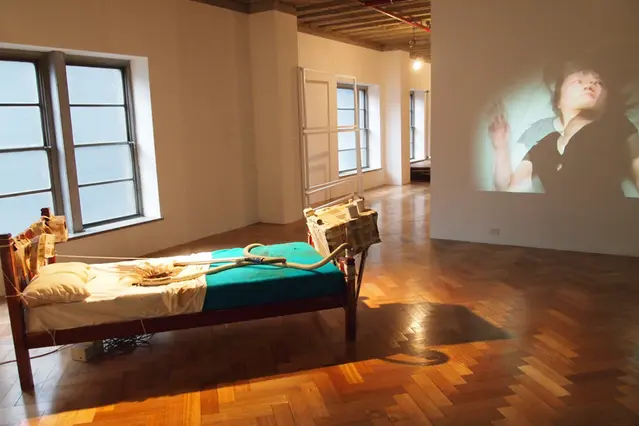



Ian Haig works at the intersection of visual arts and media arts. His work explores the strangeness of everyday reality and focuses on the themes of the human body, devolution, abjection, transformation and psychopathology.
Kotoe Ishii was born in Akita, Japan, and came to Australia in 2001. Ishii studied at the VCA between 2004-09 completing a Bachelor of Fine Art (Honours) and a Master of Fine Art. Ishii has exhibited in many group and solo exhibitions in Melbourne since 2004, including at various artist-run spaces and galleries such as Diane Tanzer Gallery, Centre for Contemporary Photography and Lindberg Contemporary as well as overseas galleries in Japan and Mexico. As a part of Next Wave, Ishii exhibited on the public screen at Federation Square and the Royal Exhibition Building. Ishii uses video in her artistic practice to deal with the body, and its repressed and animated states.
Related
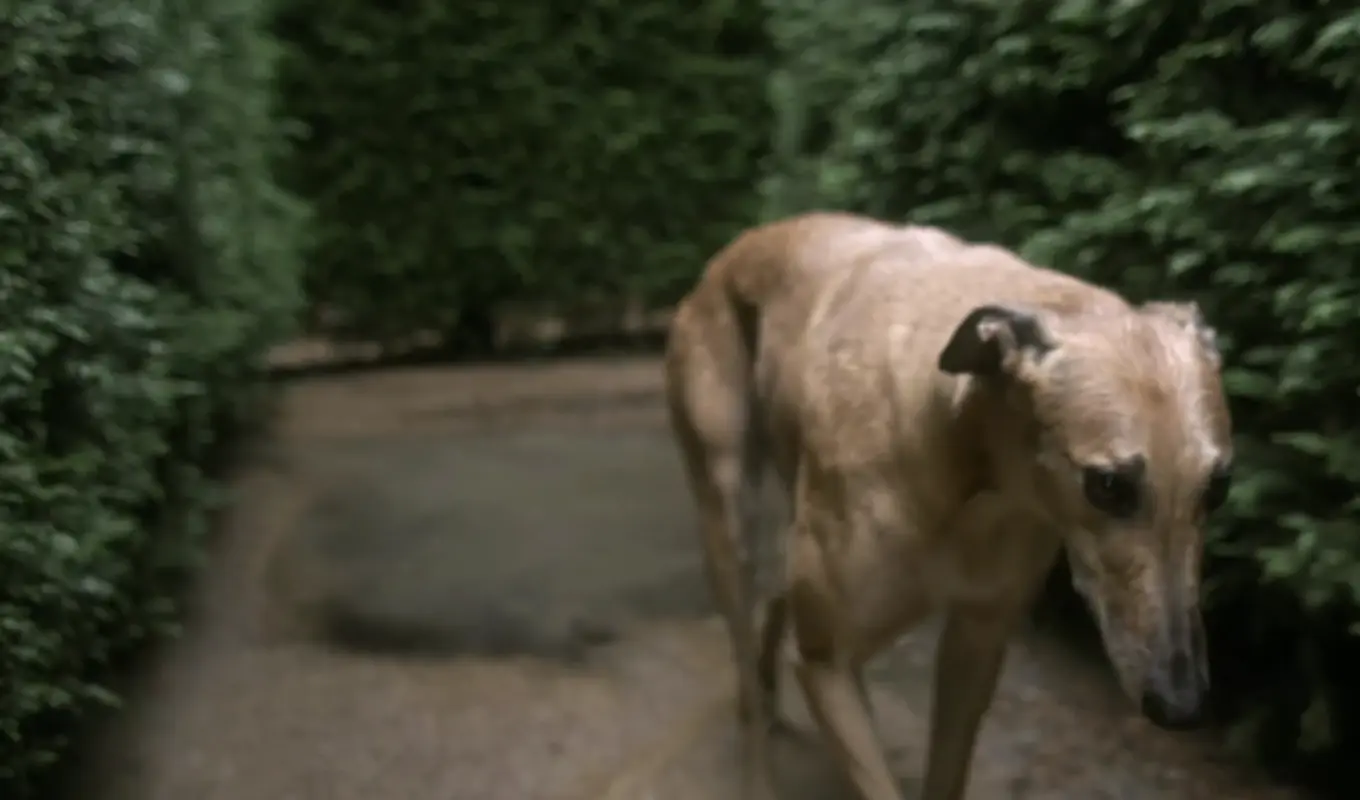
“Tyger! Tyger! Project 5”
Philip Brophy, Cassandra Tytler, Emile Zile and Johann Rashid
16 Nov → 8 Dec 2012
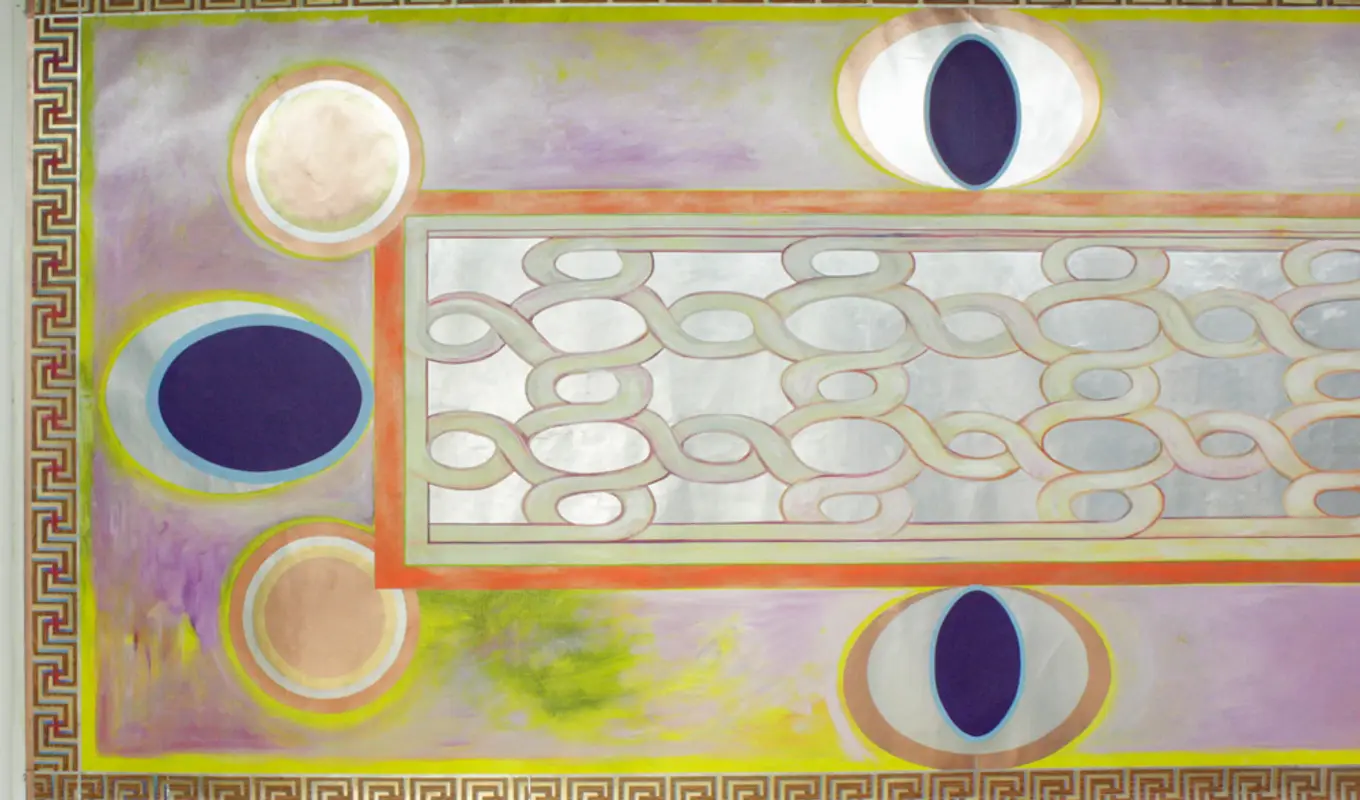
“Tyger! Tyger! Project 4”
Constanze Zikos and Juan Davila
1 June → 23 June 2012
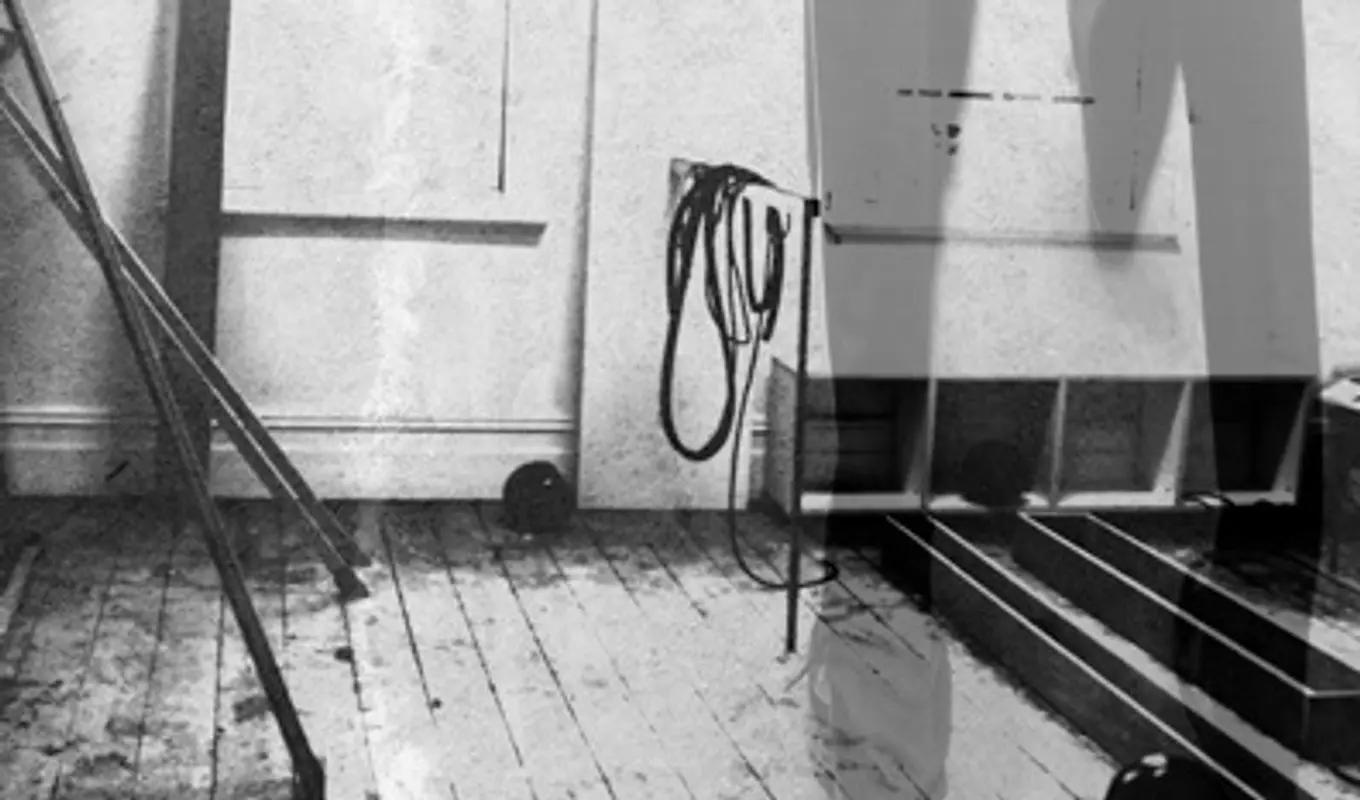
“Tyger! Tyger! Project 3”
David Chesworth and Katie Lee
20 Apr → 12 May 2012
